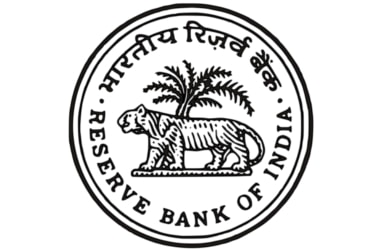
Reserve Bank of India (RBI) on 7th Dec 2016 kept its key lending - the repo rate - unchanged at 6.25 percent.
This move ended hopes of lower borrowing costs to arrest the demonetisation-induced slide in spending and investment.
The Monetary Policy Committee felt that the assessment is clouded by the still unfolding effects of the withdrawal of specified bank notes (SBNs).
It also lowered its growth forecast for 2016-17 to 7.1 percent from 7.6 percent earlier.
The MPC also decided to restore the cash reserve ratio (CRR) - the proportion of deposits banks are required to park with the RBI - at 4 percent.
The surge in post-demonetisation liquidity had prompted the RBI to temporarily ask banks to park the entire mountain of additional cash as 100 percent cash reserve ratio (CRR) with the central bank.
RBI revised the ceiling on issuance of securities under the market tabilization scheme (MSS) to INR 6 lakh crore, from the previous limit of INR 30,000 crore for financial year 2016-17.
Banks were not in favour of a higher CRR, as parking funds with the RBI in this window does not fetch any returns, and works against lowering lending rates for final individual and corporate borrowers.
India’s Repo Rate- Stands for: Repurchase Option.
- Since January 2015, the RBI has cut the repo rate six times. India’s retail inflation has touched 4.20 percent in October, triggering hopes of a rate cut.
- The RBI and the government have set a retail inflation target of 4 per cent for the next five years with an upper tolerance level of 6 percent and lower limit of 2 per cent.
- Household spending accounts for more than half of India’s GDP.
- The slowdown in household spending could push back investment growth.